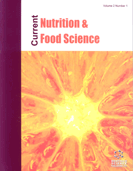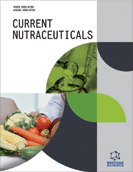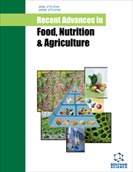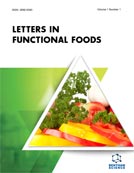Abstract
Dough of bread is prepared from mixture of flour wheat, water, salt and yeast. By contacting water and suffering mechanical kneading the flour gets properties, almost exclusively, to produce a cohesive dough and viscoelasticity, containing gluten-forming proteins. The mixing process through which the dough of bread is produced, is essential for its development after fermentation and the final quality of finished bread. Gluten is important to create an extensible framework implied in gas retention during fermentation. The Baker's yeast used in baking is Saccharomyces cerevisiae, whose most important function in bread-making is to leaven the dough during the baking process. Dough expansion results from yeast action in catabolizing glucose to alcohol and carbon dioxide.
Keywords: Bakery, fermentation, bread, microstructure, rheology, yeast, cereal flour, catabolizing glucose, dough, nutritional value














